The bonfire of cloth in the distance threw a brilliant orange glare that lit up our faces in the dark. The crowd shouting slogans seemed to be drawing closer and closer. We could hear the thumping of our hearts as we sat on the edge of our chairs. This was the historic incident when Mahatma Gandhi himself set fire to a heap of, “foreign cloth”, in Mumbai in front of a mammoth gathering, all dressed in Khadi. No, we were not present during this historic incident, what we witnessed was the simulation of this incident through a Sound & Light show at the Sabarmati Ashram in Ahmedabad as kids. Having spent our early childhood not far from the banks of the River Sabarmati, we were blessed to have visited the Sabarmati Ashram a number of times. Each visit left a deep impression on our minds and we were awed by the simplicity of the man who rose to great heights by his sheer determination and adherence to his values and principles. The state of Gujarat, India is full of iconic places where the Mahatma spent time and left his indelible footprints on the sands of time. We were lucky to visit one more place where even today one can feel the presence of this man who shook the British Empire. The school where he studied in Rajkot. It was then known as Alfred High School Rajkot and is today transformed into the Mahatma Gandhi Museum Rajkot.
Table of Contents
Mahatma Gandhi Museum Rajkot – Mahatma’s School
The Mahatma Gandhi Museum Rajkot or simply MGM Rajkot is a fitting tribute to Gandhiji. The history of Alfred School Rajkot and its transformation into Mahatma Gandhi School and now into the Mahatma Gandhi Museum is in itself a fascinating account. The visit to the museum takes you back in time for an immersive experience of the life story of Mahatma Gandhi. At the end of the tour de force which the museum undoubtedly is, one is sure to come out feeling closer to the life and values of the Mahatma.
Visiting Mahatma Gandhi School Rajkot
After being bowled over by the colors and thrills of the International Kite Festival in Ahmedabad it was time to head towards Saurashtra for exploring some of the wonders of Gujarat. On the anvil were a visit to the Mahatma Gandhi Museum Rajkot, a rendezvous with lions at Sasan Gir, exploring the historic town of Junagadh, and a visit to the iconic temple of Somnath.
“This is the Aji river”, exclaimed our guide, Anantbhai as we crossed a bridge into the city of Rajkot. The Aji river divides the city of Rajkot and is considered the lifeline of the city as it is its main source of water.
It was almost dusk when we entered Rajkot. Our destination was the old school where Mahatma Gandhi studied. The strains of the soul-stirring, “Rajya Mane Kasumbi no rang”, emanating from the stereo player in our bus set the tone for our visit. The poet who wrote this song was none other than Jhaverchand Meghani, who was conferred the title of, “Rashtriya Shayar,” or “National Poet”, by none other than Mahatma Gandhi himself.
The College Building & History
As you enter the grounds of Albert High School, which is today the Mahatma Gandhi Museum of Rajkot and was earlier Mahatma Gandhi High School, your gaze is riveted by the imposing facade of the building. With its gothic elements and immaculate design, the building could be any other school building from the times of the British Raj that dot the many cities and towns of the country. But one student who studied here has ensured that not only is this school special and now a museum in his name, but he also rewrote the history of India.
A giant charkha stands to one corner of the museum grounds. A ticket booth in front of the main porch which leads inside the building lends an incongruous touch to the otherwise aesthetic look of the premises.
A plaque that is somewhat weathered and placed near the entrance to the museum gives information about the history of the school and also interesting information about Mahatma Gandhi during his tenure in the school.
The information says that the Alfred High School was established on 17.10.1853 with 36 students, and it was earlier known as Kattywar High School. MK Gandhi studied in the school during the period 1880 – 1887. He won scholarships for proficiency in Mathematics and General Knowledge during his tenure. Mahatma Gandhi did his Matriculate (Bombay University) with rank 404/823 in November 1887.
Inside the building, corridors run around a central inner courtyard. The classrooms which are now turned into museum galleries have arched doorways. Everything is spick and span, a right tribute to a man who laid so much emphasis on cleanliness. As you peer at the inner courtyard, the lilting melody of the song, Raghupati Raghava Rajaram plays in the background, and it is as if the chasm of time closes and you are transported back in history to a time when India was under the British rule, and the cries of a newborn baby in Porbandar, heralded the birth of a Mahatma.
The Museum Galleries
The Mahatma Gandhi Museum Rajkot consists of 39 galleries that take visitors on the amazing and inspiring journey that was the life of the Mahatma. The galleries take up the ground and first floors. The galleries numbered 1 to 18 are dedicated to the life and times of the Mahatma, while the galleries 19-39 showcase Gandhiji’s values, principles, and philosophy. We take our readers on a brief tour of the galleries here:
Galleries 1 & 2
The first two galleries are dedicated to the early life of Mahatma Gandhi. Through photographs, and other audio-visual exhibits visitors are transported to Kirti Mandir in Porbandar where began the life of Gandhi. He was born as Mohandas Karamchand Gandhi in the princely state of Porbandar in the British ruled India on October 2, 1869. The galleries highlight the early childhood of Mahatma Gandhi and how he was influenced by his mother, a pious lady named Putlibai. His early days in Porbandar and the relocation of the family to Rajkot and the subsequent death of his father Karamchand Gandhi are some of the highlights covered in this gallery. An important turning point in Mahatma Gandhi’s life was his marriage to Kasturba. This chapter of his life too is covered in the first two galleries.
Galleries 3 & 4
These galleries see visitors cross the seven seas with Gandhi to reach England where he passes the London Matriculation Exam. These galleries also recount remarkably Gandhiji’s return to Rajkot, his departure to Bombay and from there to South Africa. One of the incidents that proved to be a turning point in the journey of the man from Mohandas to Mahatma happened in South Africa where apartheid was prevalent. The incident of the young Gandhi being thrown out of the First Class compartment of a train at the Pietermaritzburg railway station comes alive through innovative use of audio-visuals.
Galleries 5 & 6
These two galleries are dedicated to chronicling the life of Gandhiji as a barrister in South Africa. They also cover his humanitarian work doing the Boer war, as well as his moving with family to South Africa.
Gallery 7
One of the weapons used by Gandhiji in the fight against the British was Satyagraha. The roots of this unique method of protest were sown in distant South Africa and it was here that it was born. The gallery 7 showcases this along with the Black Act which was what triggered the birth of Satyagraha, and Gandhiji’s imprisonment in Johannesburg.
Galleries 8 & 9
These galleries of the Mahatma Gandhi Museum Rajkot tell the story Mahatma Gandhi’s return to India from South Africa, his tour of India and Burma. This is also the period when he meets Gopal Krishna Gokhale and Bal Gangadhar Tilak.
Galleries 10 & 11
These galleries tell the tale of the emergence of Gandhiji’s Charkha as a national symbol representing revolution against the British Raj. The galleries also showcase the Champaran Satyagraha and the Ahmedabad Textile Labour Strike which were crucial pages in India’s march towards freedom.
Gallery 12
Some of the darkest and tragic chapters in India’s struggle for freedom are depicted in Gallery #12 of the Mahatma Gandhi Museum Rajkot. These include the Jallianwalah Bagh Massacre and the Chauri-Chaura tragedy.
Galleries 13 & 14
Some of the epoch-making events in the history of India come to life in the 13th and 14th galleries of the Mahatma Gandhi Museum in Rajkot. The historic Dandi March, Bardoli Satyagraha, Simon Commission are some of the slices of Indian history depicted in these galleries.
Galleries 15 & 16
These galleries bring into poignant life some of the most tumultuous periods in the life of Mahatma Gandhi as well as in India’s freedom struggle. The Second Round Table Conference, the Quit India Movement, and the death of Kasturba are some of the events covered here.
Galleries 17 & 18
The birth of a nation and the tragic death of the Father of The Nation are the events highlighted in the galleries numbered 17 and 18. As you make your way out of this gallery, you cannot but remember the famous words of Albert Einstein, “Generations to come will scarce believe that such a one as this ever in flesh and blood walked upon this earth“.
Galleries 19 to 28
The other galleries with some exceptions are devoted to the values and principles dear to Mahatma Gandhi. Gallery 19 expounds the principle of Satya (Truth), Gallery 20 talks about Brahmacharya (Chastity), Gallery 21 is dedicated to Aswada (Control of the Palate), Gallery 22 sings the glories of Ahimsa (Non-Violence), Gallery 23 raises its voice against untouchability, Asprushyata-Nivaran.
The Gallery #24 is dedicated to Aparigraha or Non-Possession while the 25th gallery expounds Abhaya or fearlessness. Gallery 26 talks about Asteya or Non-Stealing while the galleries 27 and 28 are dedicated to the values of Jaat-Mehnat (Self-Work) and Sarvadharma Sambhav or the equality of all religions.
Galleries 29, 30, & 31
These galleries talk about Gandhiji’s emphasis on Swadeshi, the jail sojourns of Mahatma Gandhi as well as Gandhiji’s spiritual Guru Shrimad Rajchandra.
Galleries 32 & 33
These galleries are sure to appeal to children. Here the children get an opportunity to. “talk with Bapu”. In a special room, kids can ask questions to a life-like three-dimensional animated figure of Mahatma Gandhi, while their parents can watch the interaction on a television screen outside.
These galleries also have exhibits related to Gandhiji’s famous three monkeys, the path of truth, dietary practices, etc..
Galleries 34 to 37
These galleries are dedicated to Gandhiji’s ideals and people like Leo Tolstoy, Henry David Thoreau, and Gopal Krishna Gokhale who inspired him. His equation with Sardar Vallabhbhai Patel and a collection of various letters, journals, and speeches are showcased in these galleries.
Gallery 38 – Bapu’s Classroom
A strange hush envelops the small room as you step in. It is as if the very elements know that this place is where history was written. This is the recreated classroom of a boy called Moniya who was destined to shake the world and bring the might of the British Empire to its knees one day. As you gaze at the spartan classroom, you think about the boy sitting here, many years ago listening to history lessons. Was he aware that one fine day history books would be written about him? Students would study Mahatma Gandhi’s history and a Mahatma Gandhi Essay would almost become de rigueur in examinations! Did he even have an inkling that the school he was studying in would one day be known by his name as Mahatma Gandhi High School and later be transformed into a museum in his name, the Mahatma Gandhi Museum?
Gallery 39
Are Gandhi and his principles relevant today? This is something that has been debated a lot. The gallery 39 addresses this and talks about the relevance of Gandhiji’s maxims in the modern world of today. Suffice it to say that as long as there is humanity, Gandhi and his principles will be relevant.
About Mahatma Gandhi (महात्मा गांधी)
Writing about Mahatma Gandhi is indeed like showing a light to the Sun. The world itself is Mahatma Gandhi’s Wikipedia! He is probably the best-known personality of recent history who has left his indelible stamp on the pages of world history. We remember seeing letters addressed to Gandhiji at the Sabarmati Ashram Museum in Ahmedabad, Gujarat, India. Some of these did not have an address, and only mentioned his name and were still delivered to him. This speaks volumes of the stature of the man whose aura spreads far and wide.
Mahatma Gandhi was born Mohandas Karamchand Gandhi to Karamchand Gandhi and Putlibai in the then princely state of Porbandar, now in present-day Gujarat, India. He was born on the Second of October, 1869. This day is now celebrated as Gandhi Jayanti and is a national holiday in India.
Mahatma Gandhi did his initial education in Gujarat and moved to London for studying law. He later moved to South Africa where the seeds of Satyagraha blossomed in his mind. He joined the struggle against discrimination and became a Civil Rights activist while in South Africa. This proved to be his grooming ground for the greater battle against the British Raj that awaited him.
Back in India Mahatma Gandhi unleashed a unique battle against the might of the British using the weapons of Satyagraha, Non-Violence, and truth. This was the external battle. But all the while Mahatma Gandhi was waging an inner battle to overcome the weaknesses that always pull down mankind. It was a silent and tough process, the process of transformation from an ordinary man to a Mahatma.
Mahatma Gandhi’s every word and every action is a message in itself and that is his greatest legacy. He was a shrewd politician, a stubborn man, but above all a simple man who scaled the heights of greatness, a man who could make the impossible possible for his country, for the world, and for himself.
The man who lived and vowed by the tenets of non-violence, and love, fell to the three bullets that bore his name and were unleashed by a man who failed to understand him. He died with the words, “Hey Ram”, on his lips, as millions wept, all over the world.
“Sabarmati Ke Sant Tuney Kar Diya Kamaal”
For glimpses of the Mahatma Gandhi Museum check out our video below:
Mahatma Gandhi Quick Facts
- Mahatma Gandhi’s date of birth is October 2, 1869, and he was born in Porbandar, Gujarat, India
- Mahatma Gandhi’s story of his own life is well documented in his autobiography, “My Experiments With Truth”
- Gandhiji was married to Kasturba in the year 1882 when he was 13 years old
- Mahatma Gandhi and Jawaharlal Nehru met for the first time in 1916 at the Lucknow Congress
- It was in 1917 that Mahatma Gandhi’s trusted secretary Mahadev Desai joined him
- Mahatma Gandhi wrote a commentary about the Anasakti Yoga while staying at Kausani in Uttarakhand
- August 1942, Quit India movement is launched and the call, “Do or Die”, given
- Mahatma Gandhi’s trusted companion and wife Kasturba passed away at the Aga Khan Palace prison on the 22nd of February, 1944
- On 30th January 1947, Mahatma Gandhi breathed his last, assassinated by a man called Nathuram Godse
Other Gandhi Heritage Sites
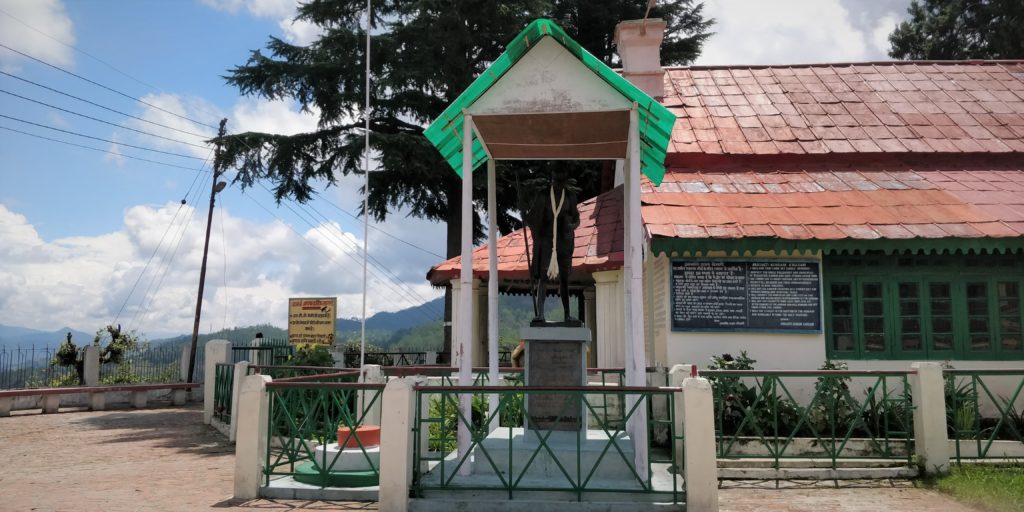
Mahatma Gandhi during his life traveled far and wide, leaving his footprints everywhere on the sands of time and history. His legacy lives on in the numerous places that he lived and worked in. We are privileged to have visited some of these sites and hope to visit the others too. A very valuable online resource to learn more about the man called Mahatma Gandhi is the Gandhi Heritage Portal. Here are some sites in India that are enveloped in the aura of the Mahatma and one should visit.
- Sabarmati Ashram in Ahmedabad, Gujarat, India
- Kirti Mandir, Porbandar, Gujarat, India, Mahatma Gandhi’s birthplace
- Kaba Gandhi No Delo, Rajkot, Gujarat, India, the Mahatma Gandhi family home in Rajkot
- Alfred High School or Mahatma Gandhi Museum in Rajkot, Gujarat, India, where Mahatma Gandhi studied
- Anasakti Ashram in Kausani, Uttarakhand, India, where Gandhiji wrote his commentary on Anasakti Yoga
- Mani Bhavan in Mumbai
- Sevagram Ashram in Maharashtra
- Birla Mandir and Rajghat in Delhi, India
- Gandhi Museum in Madurai, Tamil Nadu, India
How To Get To MGM Rajkot
- The Mahatma Gandhi Museum is located in the city of Rajkot in the western Indian state of Gujarat
- The distance of Rajkot from Ahmedabad is about 215 kilometers
- The Mahatma Gandhi Museum is about 3 kilometers from Rajkot Airport which is serviced by Air India and Spicejet currently
- Rajkot is easily accessible by rail and road from all parts of India
You can book flights right here to reach Ahmedabad, Gujarat, India through TripAdvisor or Agoda or CheapAir or Cleartrip or Makemytrip or Priceline and then travel by road – by self-drive car or cab or bus or alternatively take a train to reach Rajkot. Alternatively, you can fly to Rajkot too.
Other Places To Visit In Rajkot
When you are in Rajkot to visit the Mahatma Gandhi Museum, you can also take in some Rajkot sightseeing. Here are some of Rajkot’s tourist places that are worth a visit.
- Kaba Gandhi No Delo, the family home of Mahatma Gandhi in Rajkot
- Ranjit Vilas Palace for photo opportunities from outside
- Ishwariya Park
- Nyari Dam
- Aji Dam
- Rotary Dolls Museum
You can book an online Rajkot and Junagadh sightseeing tour right here which starts from Ahmedabad, Gujarat, India.
Where To Stay In Rajkot
If you are planning for a stay in Rajkot there is a wide choice of hotels in Rajkot to suit your budget and preference. You can book your hotel in Rajkot right here through TripAdvisor or Cleartrip or Agoda or Makemytrip or Priceline and save huge.
| Click to book the best hotels in Rajkot |
|---|
What And Where To Eat In Rajkot
Just like other parts of Gujarat, Rajkot too is a foodies’ delight. It is a pace to relish the well-known dishes of Gujarat. Do not forget to taste hot Ganthiya fresh and steaming from the frying pan. You should also partake in the pleasures of the Gujarati Thali. One of the best restaurants in Rajkot for the Gujarati Thali is, “The Grand Thakar”, which is barely 400 meters from the Mahatma Gandhi Museum.
| Order food online: Faasos, Firangi Bake, Pizza Hut, Swiggy, Oven Story, Dominos |
|---|
Important Information About Mahatma Gandhi Museum
- The museum is open from 10 AM to 7 PM
- The ticket counters will, however, close at 5 PM
- Monday is the weekly off when the museum is closed to the public
- Visitors to the museum can also experience a unique sound and light show which starts at 7 PM
- There is no separate ticket for the Sound & Light show, your museum ticket is good enough
- Visitors are requested to maintain the sanctity of the place as it is a historic place
Final Thoughts As We Leave The Mahatma Gandhi Museum
As we climb down the wooden staircase and make our way out of the building which was once where the Mahatma studied and played, you are amazed by the life of an ordinary man and his simplicity which elevated him to the status of a Mahatma.
It is dark and the Mahatma Gandhi Museum is brilliantly lit. It shines like a massive beacon that seems to echo the message of the man the world knows as Gandhi. “My life is my message”.
We were hosted by Gujarat Tourism. However, the views and opinions expressed here are our own.
An article on the same subject has been published in the Sunday Herald of 26th January 2020, do check it out here – Early Lessons.
Do You Love Traveling?
Do you want to know how to travel the world? We have put together a very useful travel resources page with best travel tips. Go check it out now.
Thanks for visiting our site Voyager – imvoyager.com and taking the time to read this post!
If you wish to collaborate/work with us then reach us at [email protected]
We’d love if you’d comment by sharing your thoughts on this post and share this post on social media and with your friends.
[shareaholic app=”share_buttons” id=”27413782″]
Follow our journey on our social media channels:
Facebook Twitter Instagram Pinterest G+ YouTube
60+ Million Users Trust TripAdvisor With Their Travel Plans. Shouldn’t You?
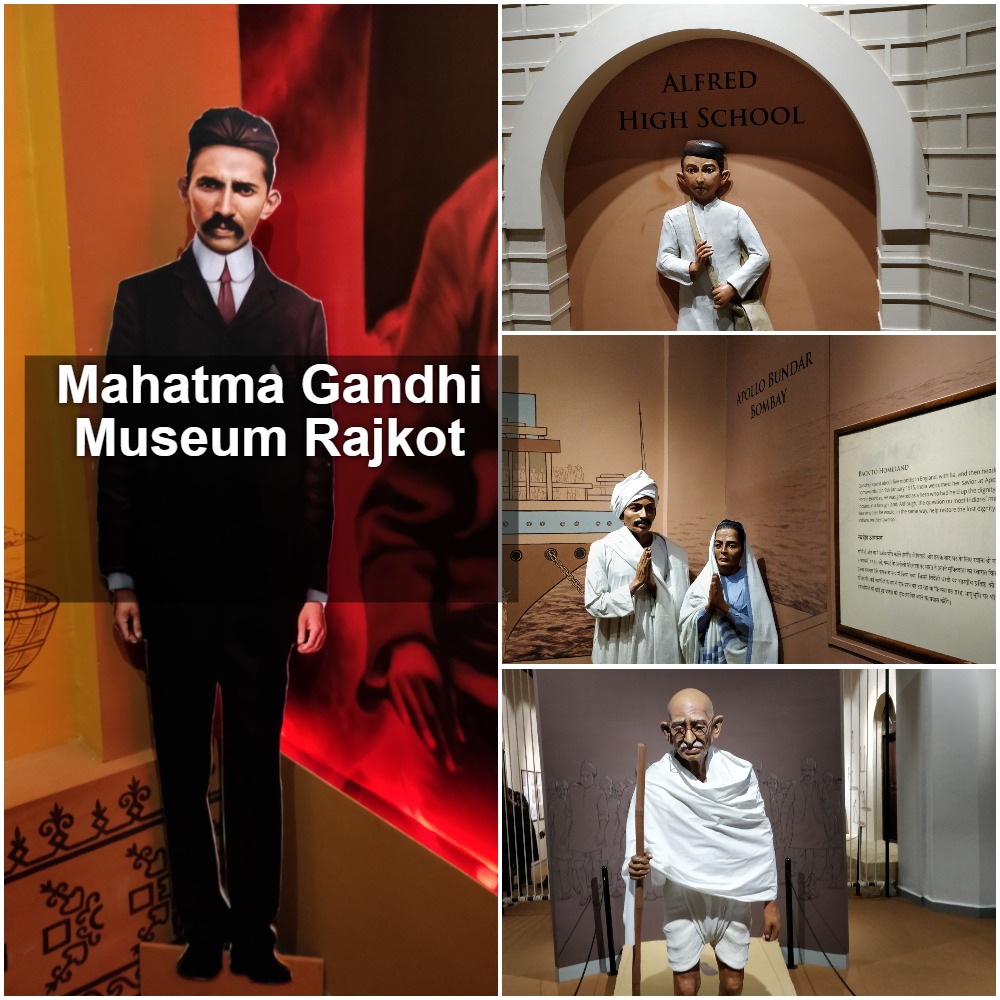
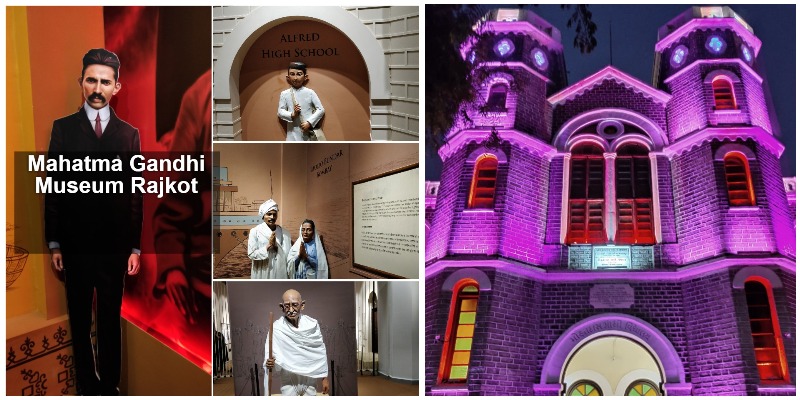
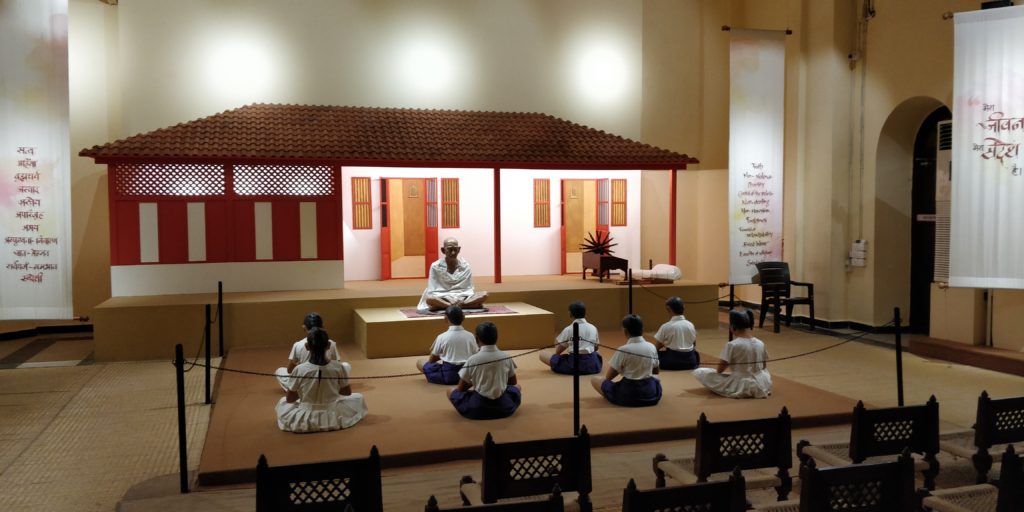
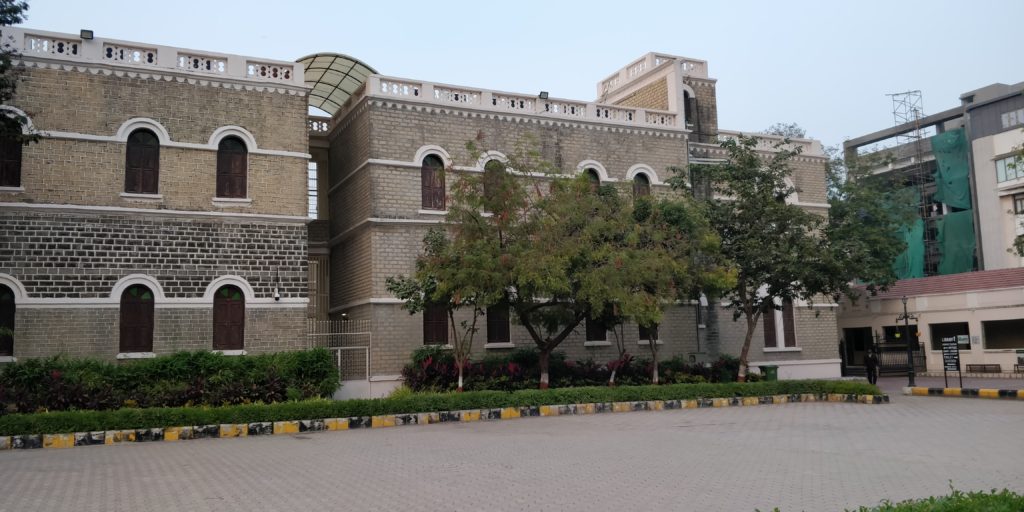
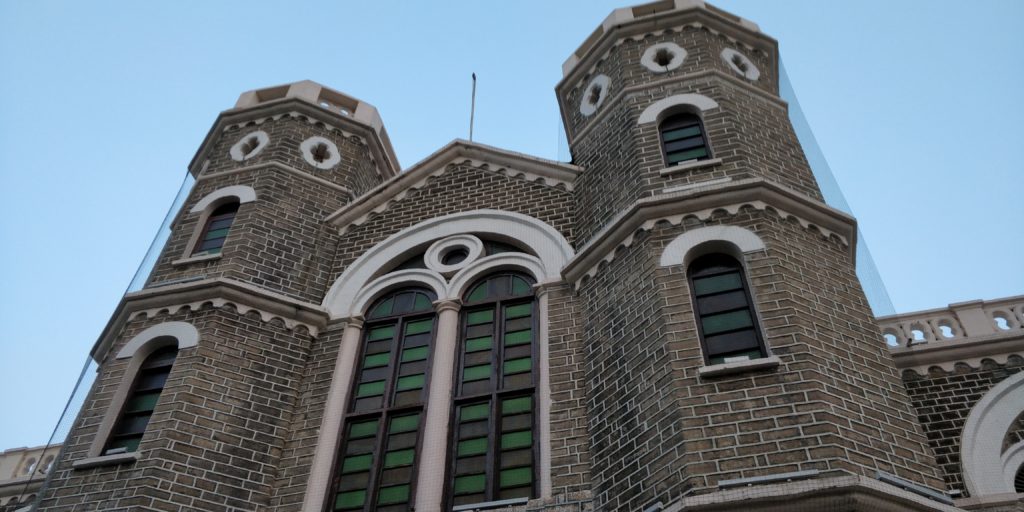
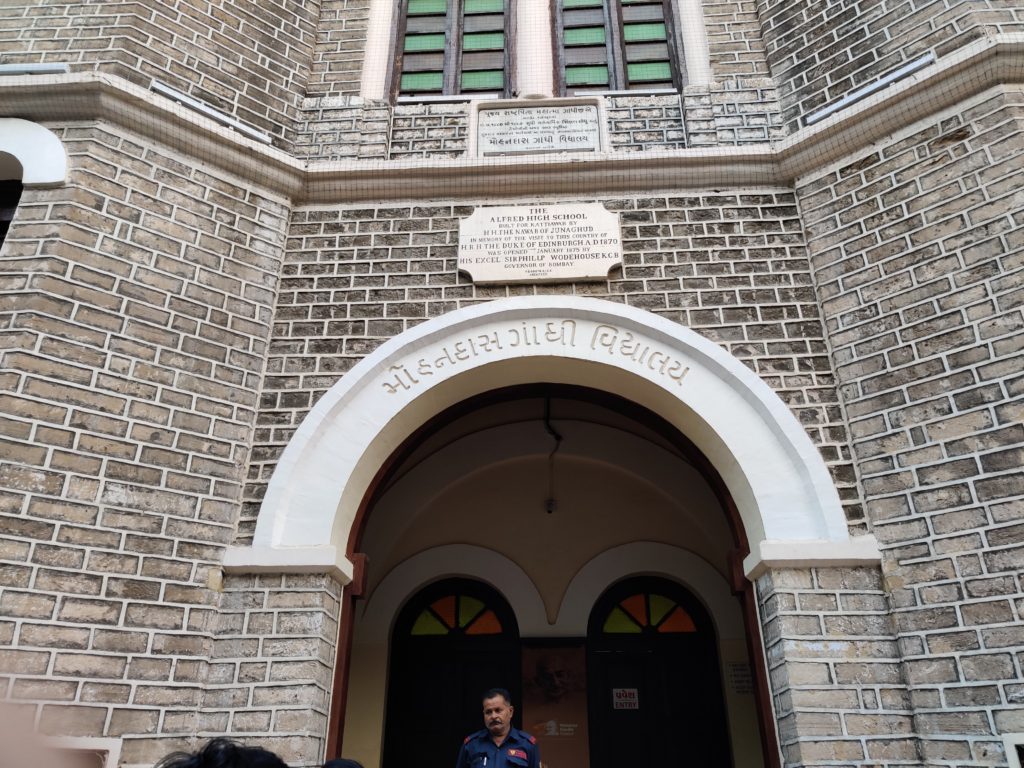
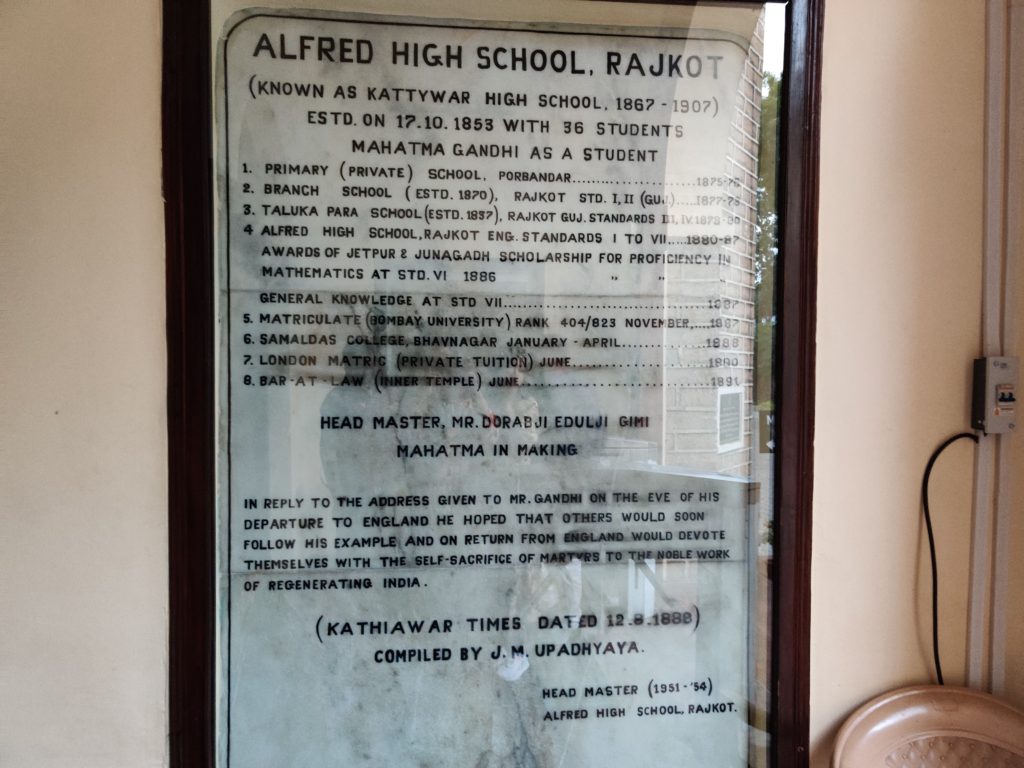
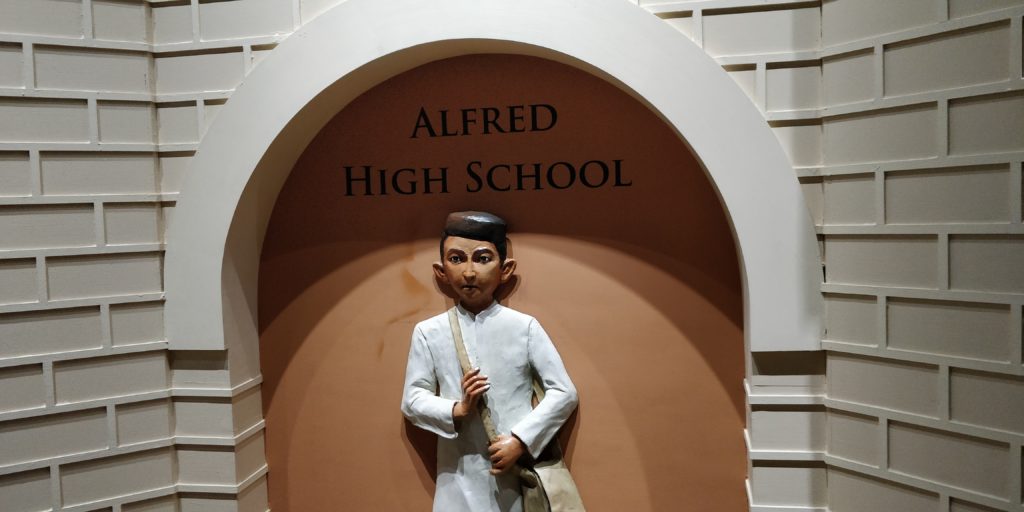
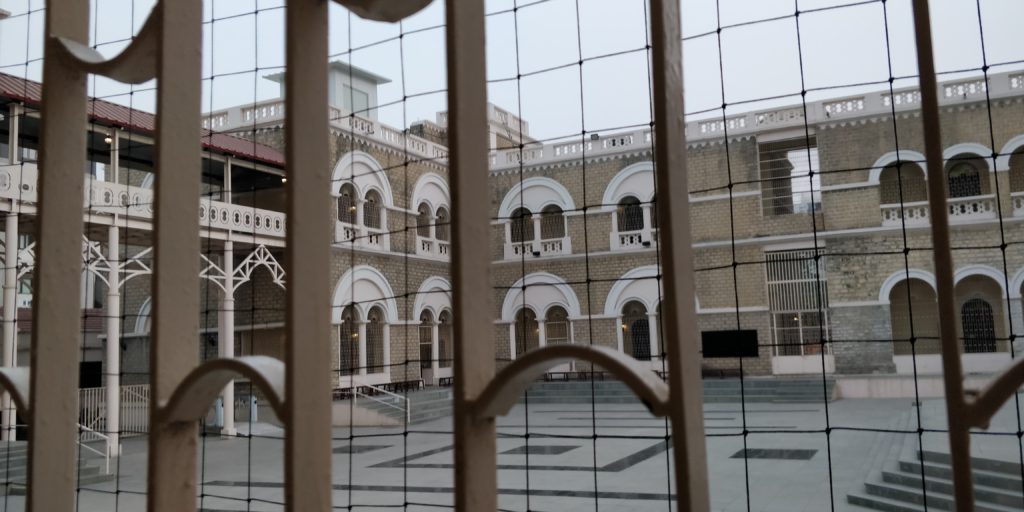
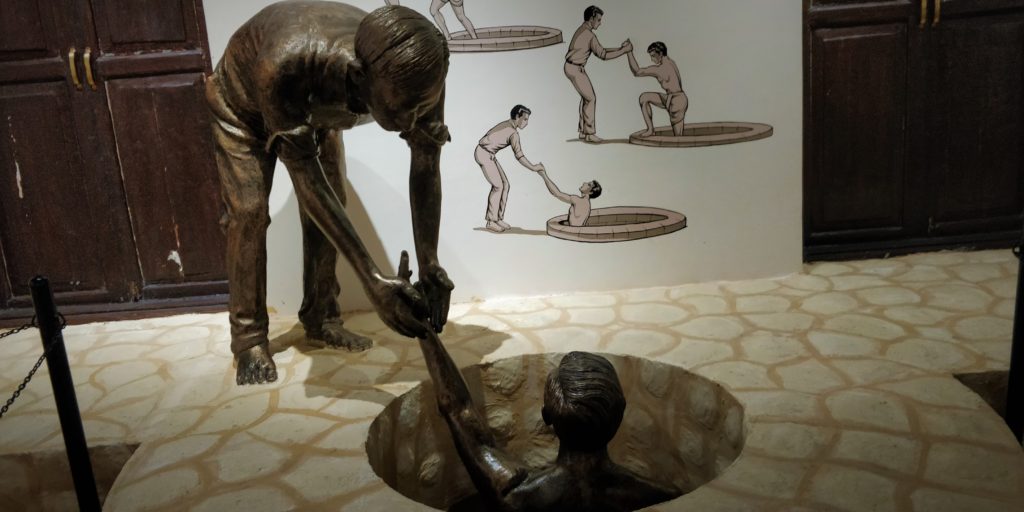
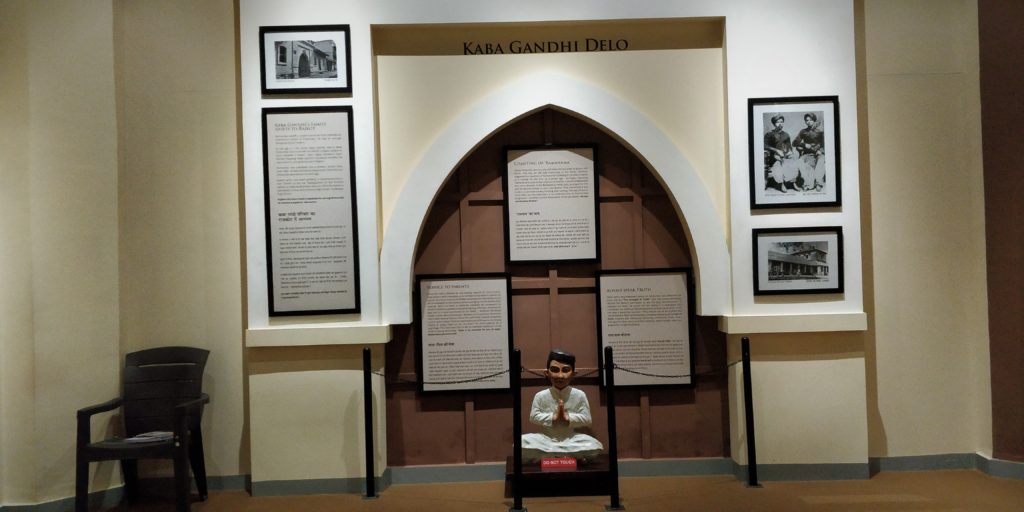
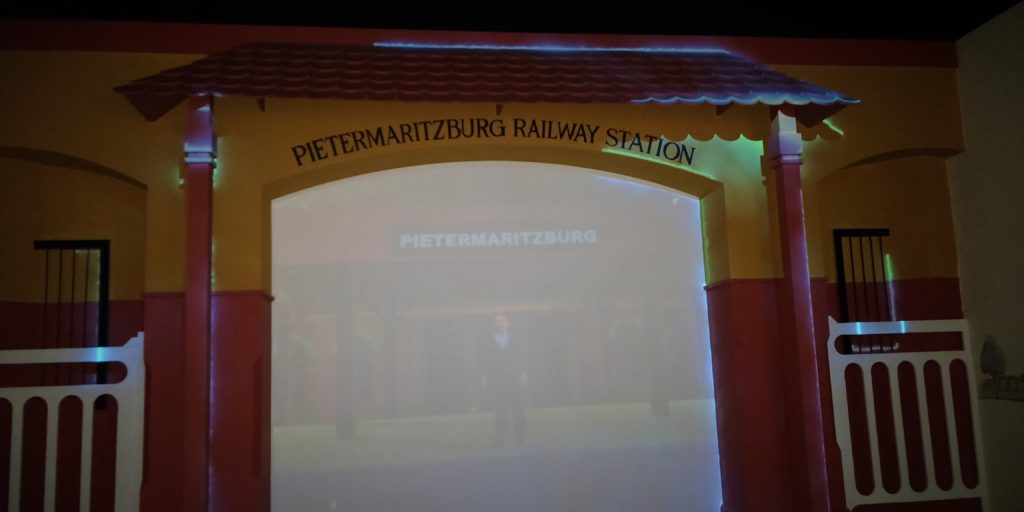
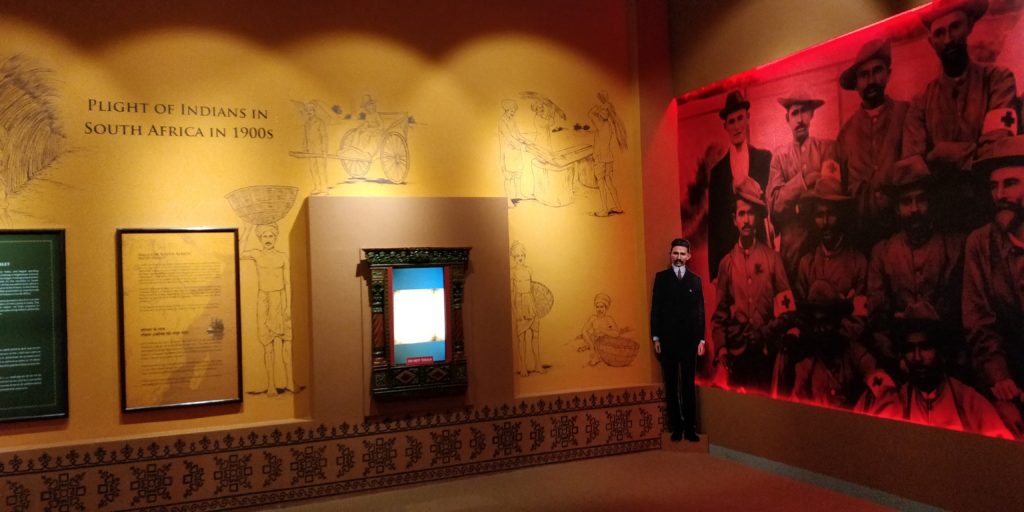
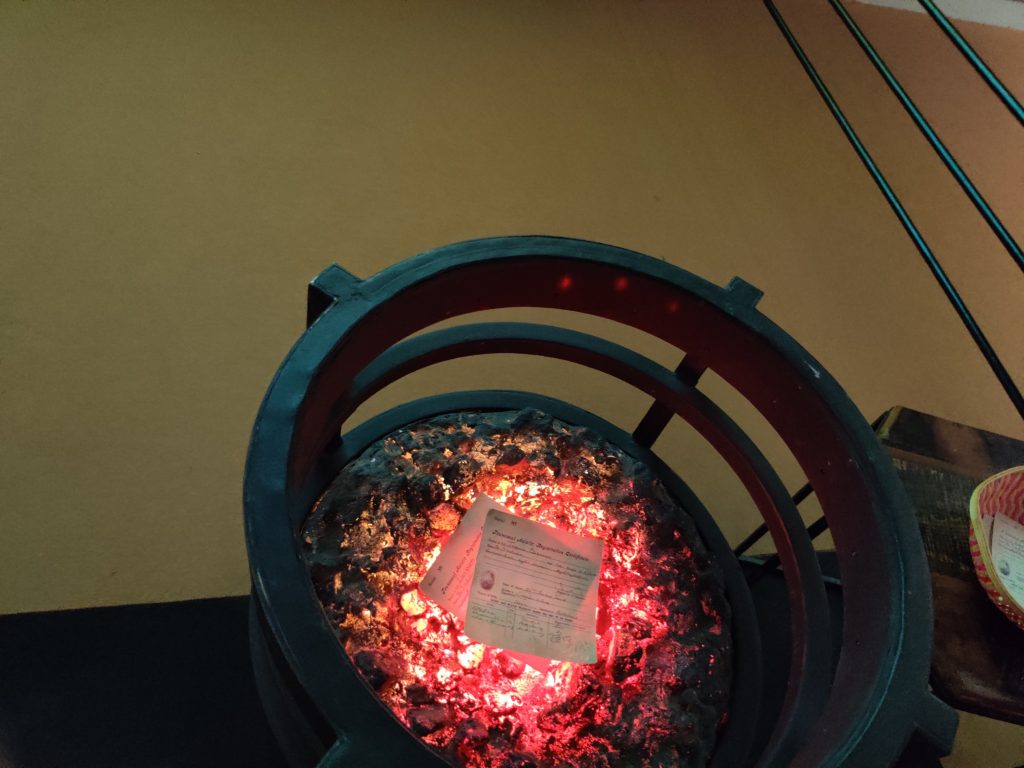
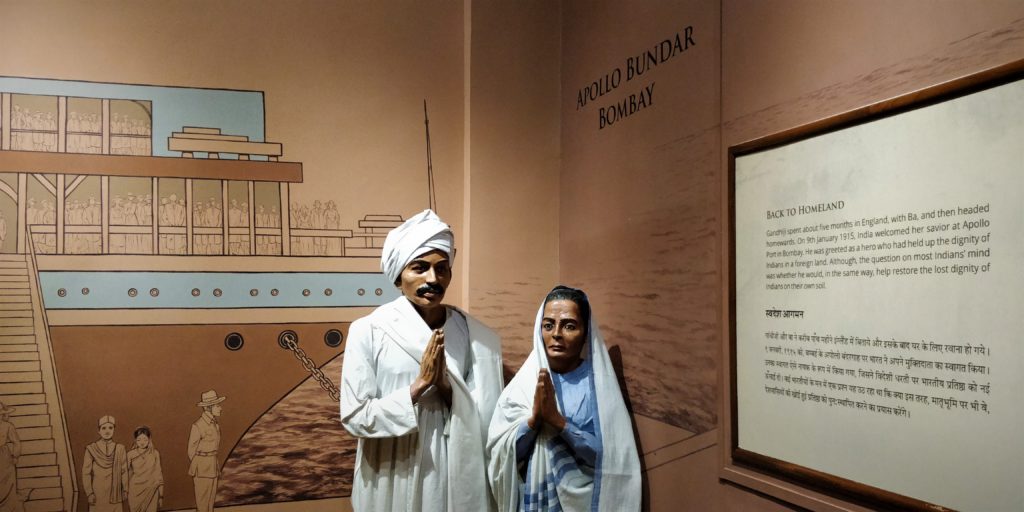
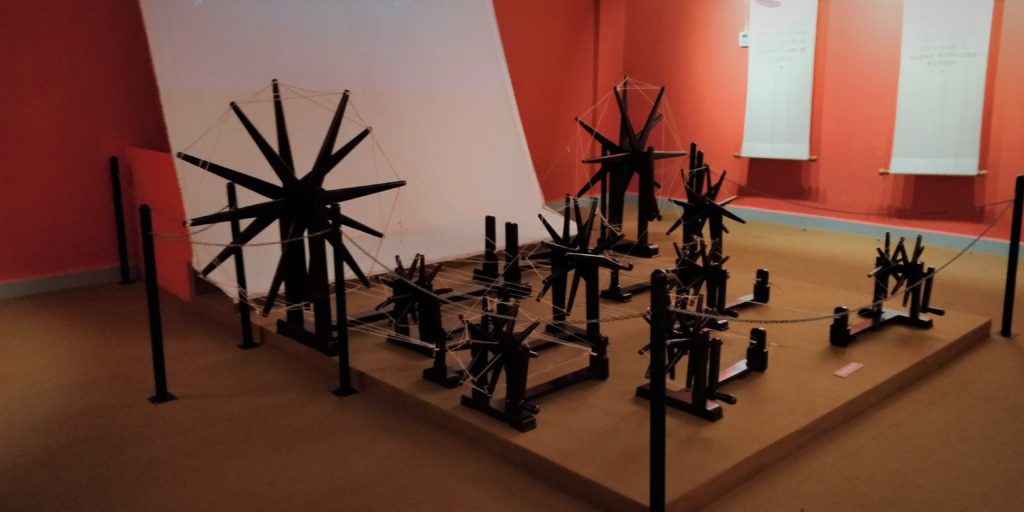
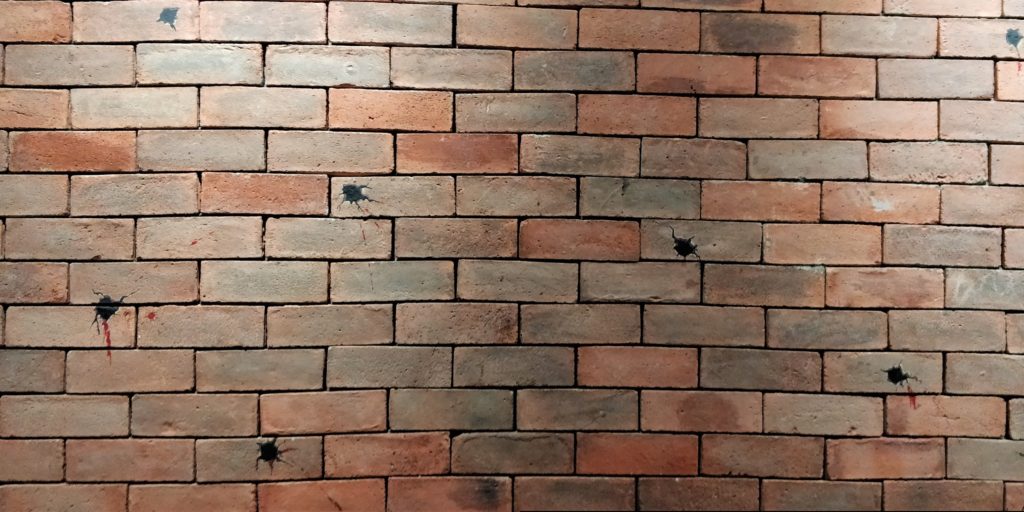
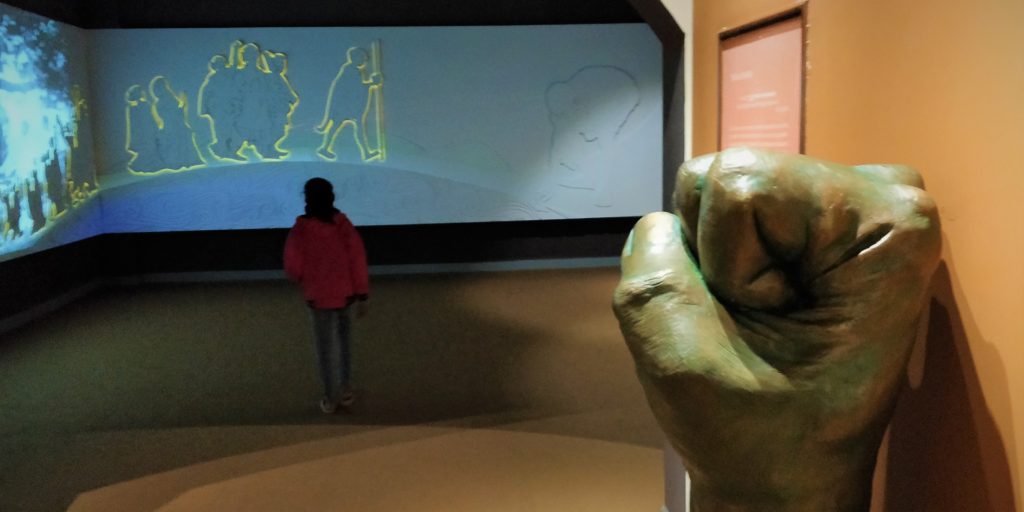
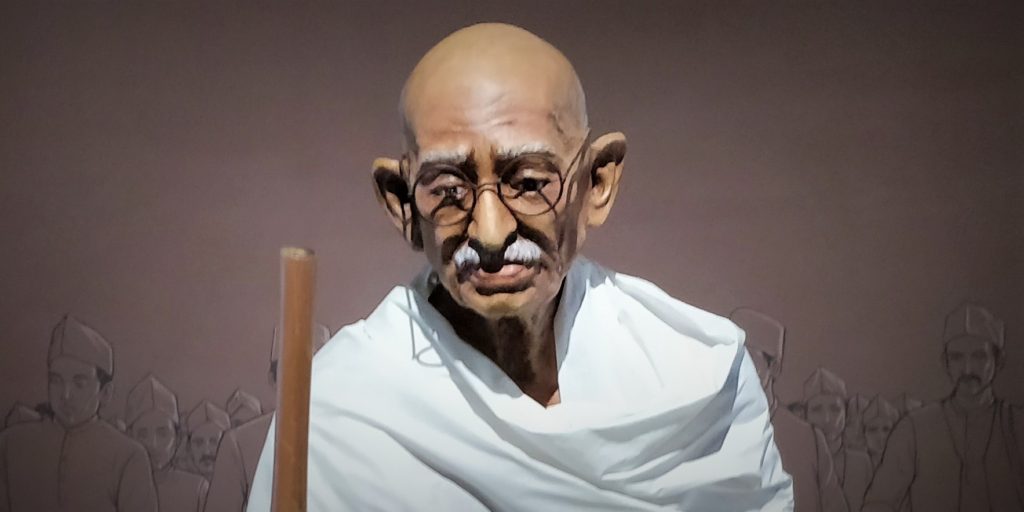
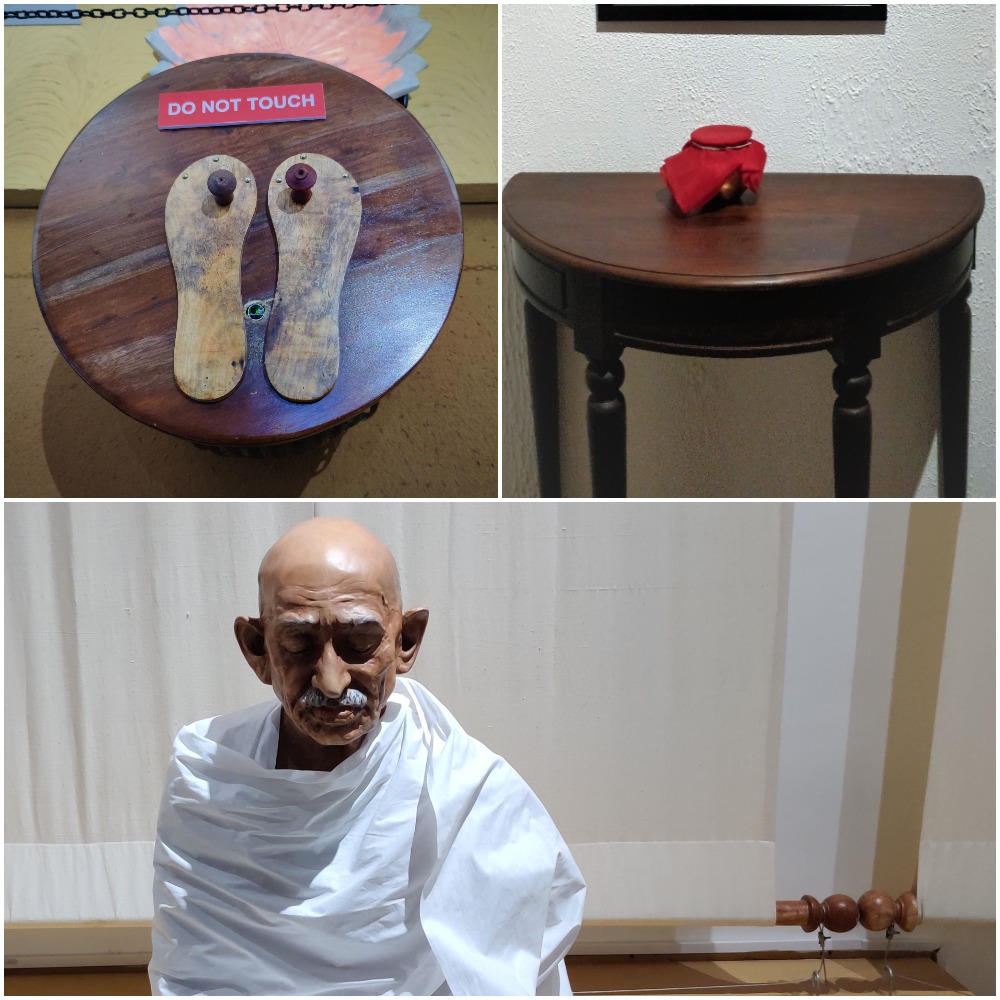
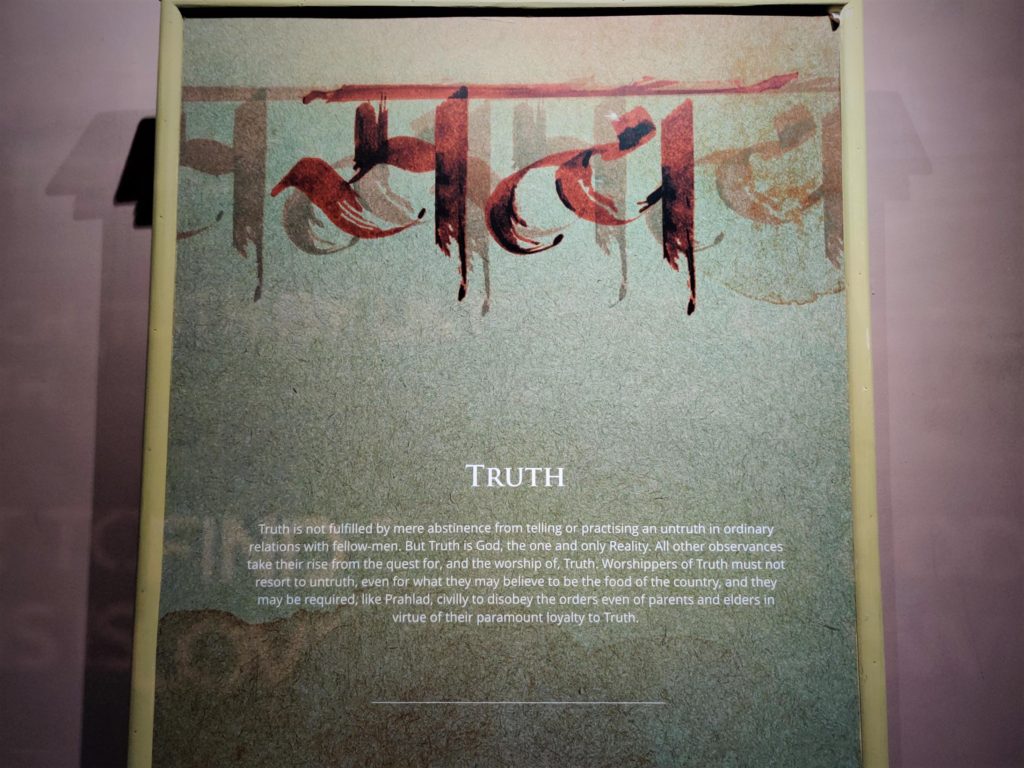
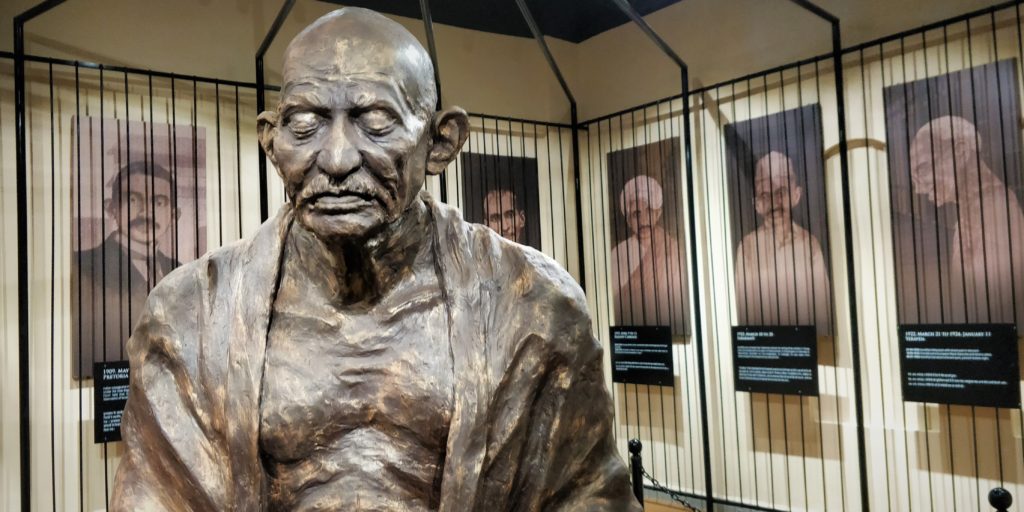
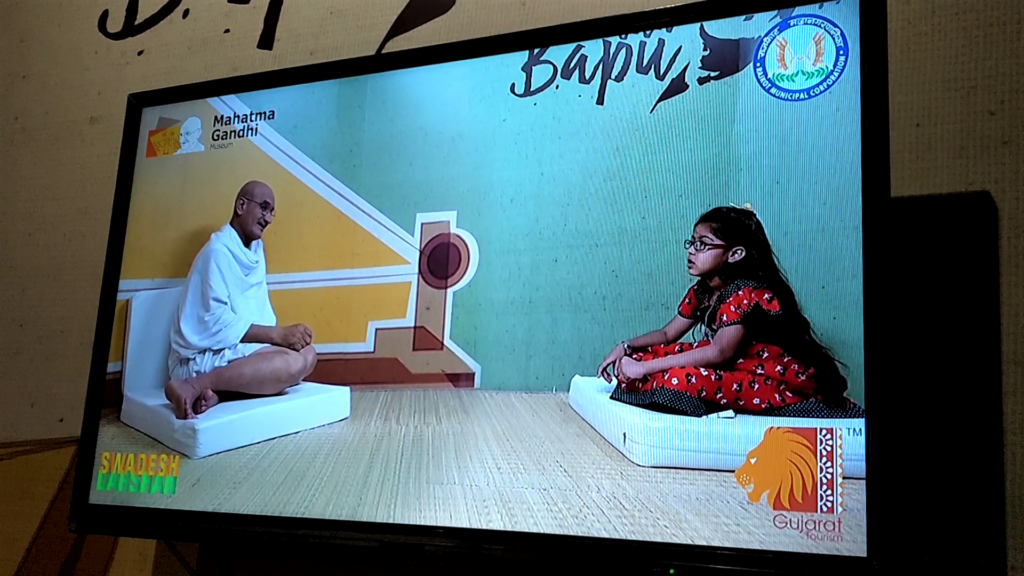
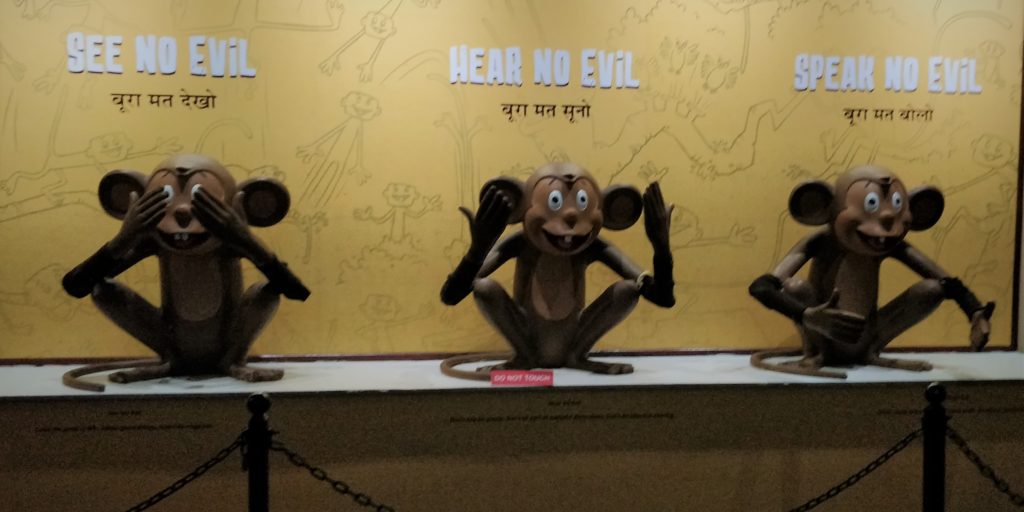
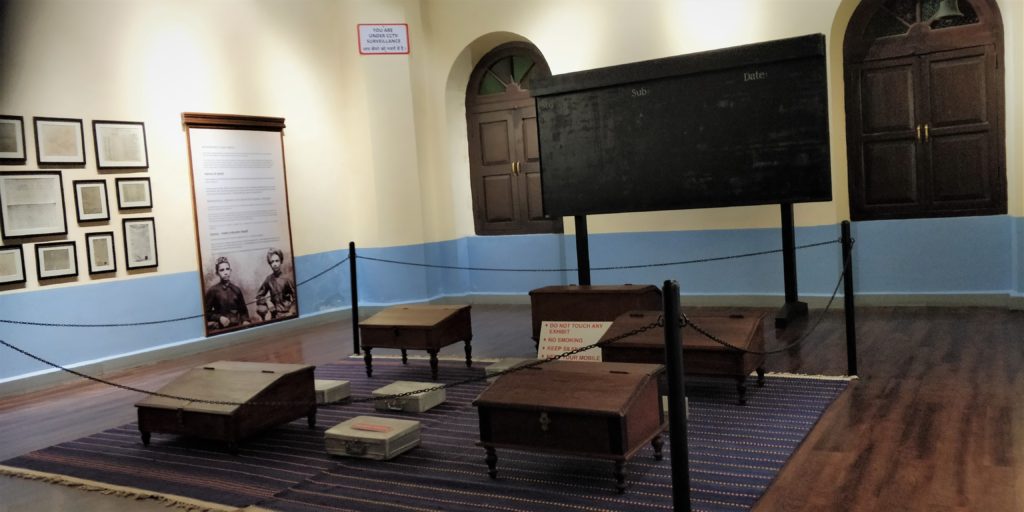
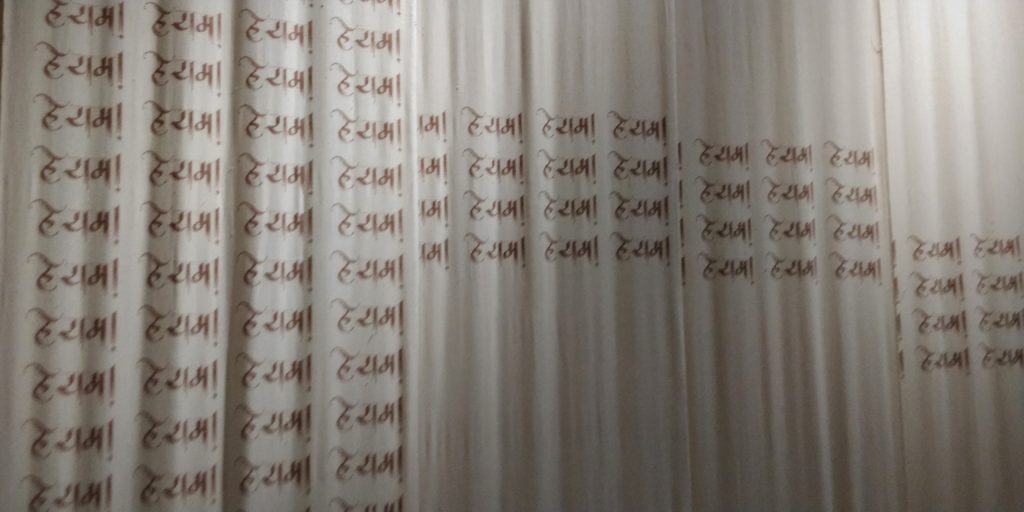
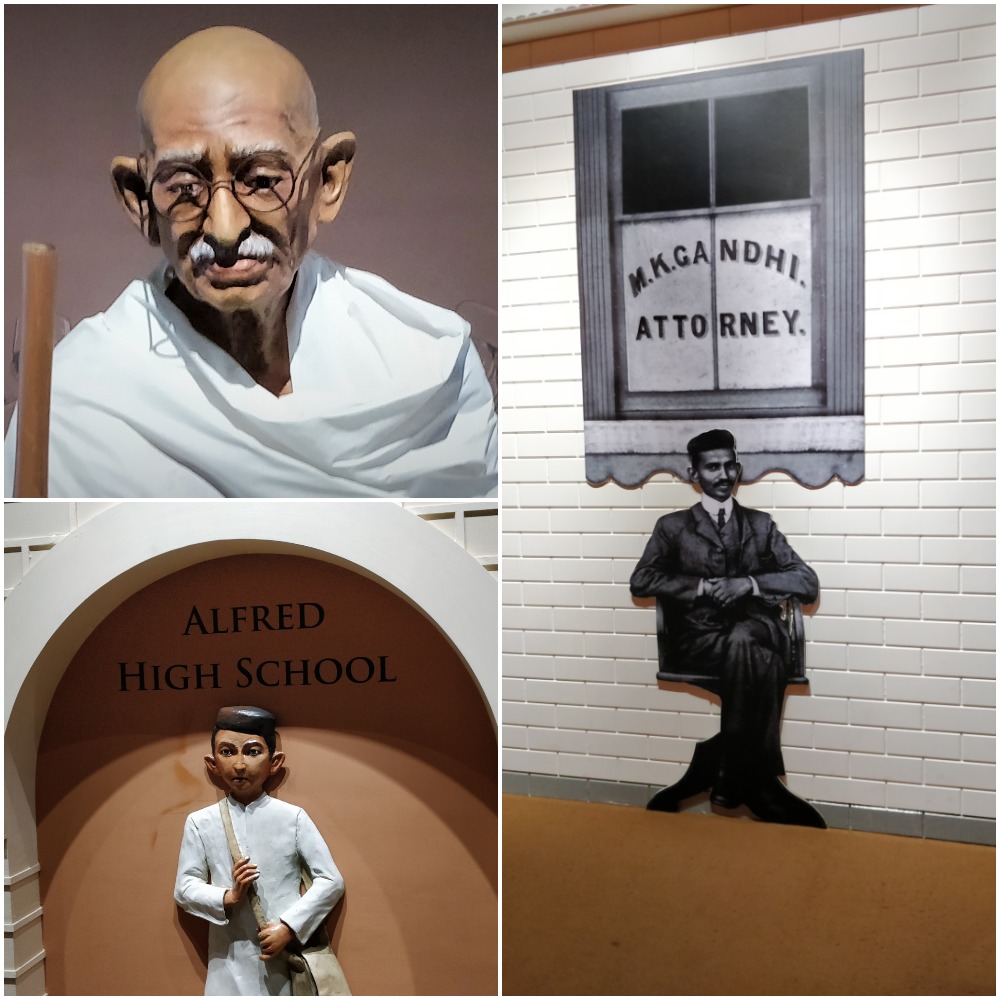
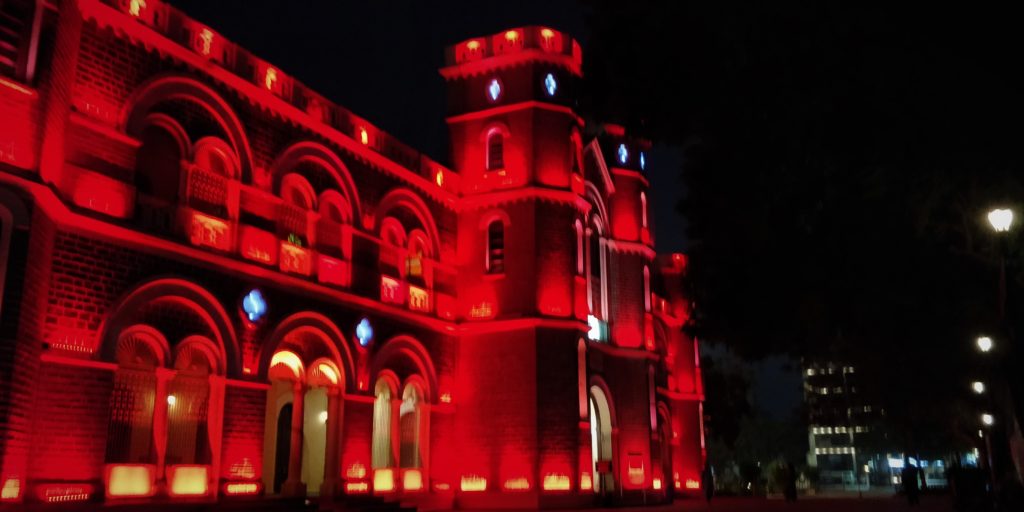


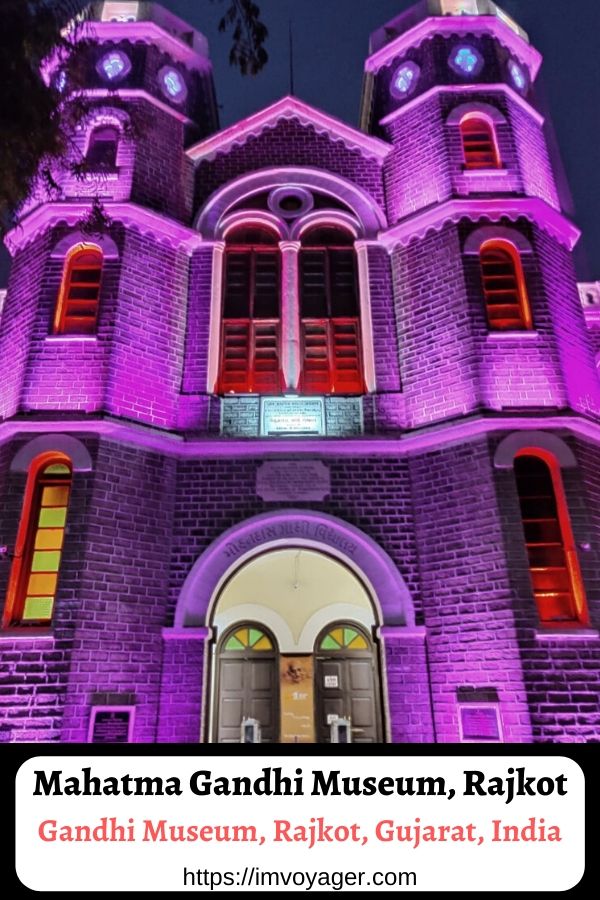

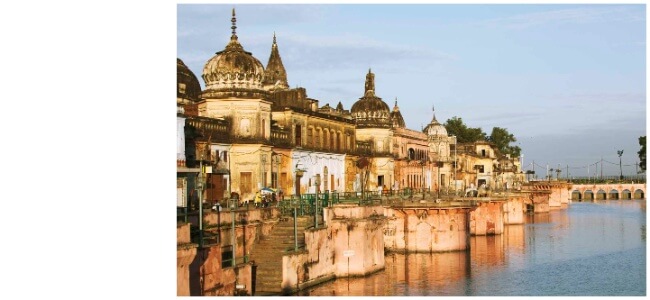
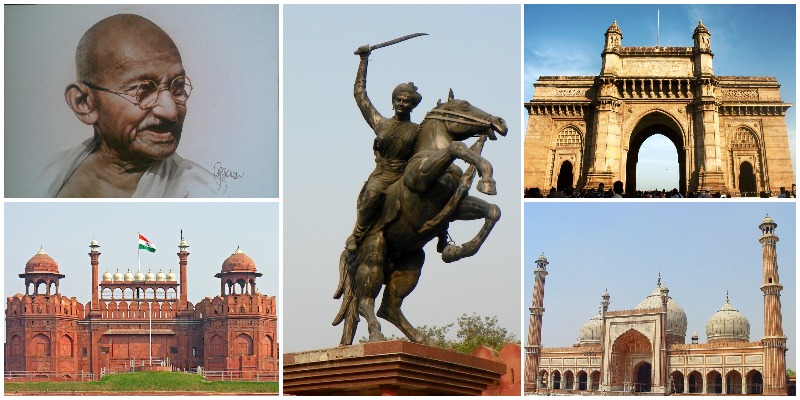

Thank you for your extensive post, now this really wants me to explore this place ASAP. Next time round, I’d definitely want to visit this place and soak in some history.
I always enjoy your detailed description of the places you visit. My next trip I want to plan there at Raikot to explore the history of our Great leader Bapu 🙏.
I love visiting historical, cultural sites like galleries and museums. Haven’t been to Rajkot, but when I go I’ll definitely go and visit here!
So much indepth information. I loved reading this post. It was like being on a virtual tour. I would love to visit Rajkot soon. My father would often go there for business purpose.
Mahatma Gandhi Museum Rajkot is a fitting tribute to the Mahatma Gandhi. This is one of the top Museums in Rajkot.This museum helps to know the great personality deeply. Great thoughts.
Never been to this place,but after reading your post would live to visit this Museum in Rajkot
This looks like nostalgic visit. Indeed a must visit place to explore more about Mahatma Gandhi ji very closely.
This museum is so similar Gandhi Ahsram in Ahmedabad. Galleries and interiors are almost same at both the museums. I will check this place put on my next visit to Rajkot.
This is so cool! Everything about Mahatma Gandhi… This is a great place to visit and to take kids to! Thank you for sharing all the details and such great pictures!
Mahatma Gandhi has a very special place in Indian history. I am happy to know more about him through this your blog and youtube video.